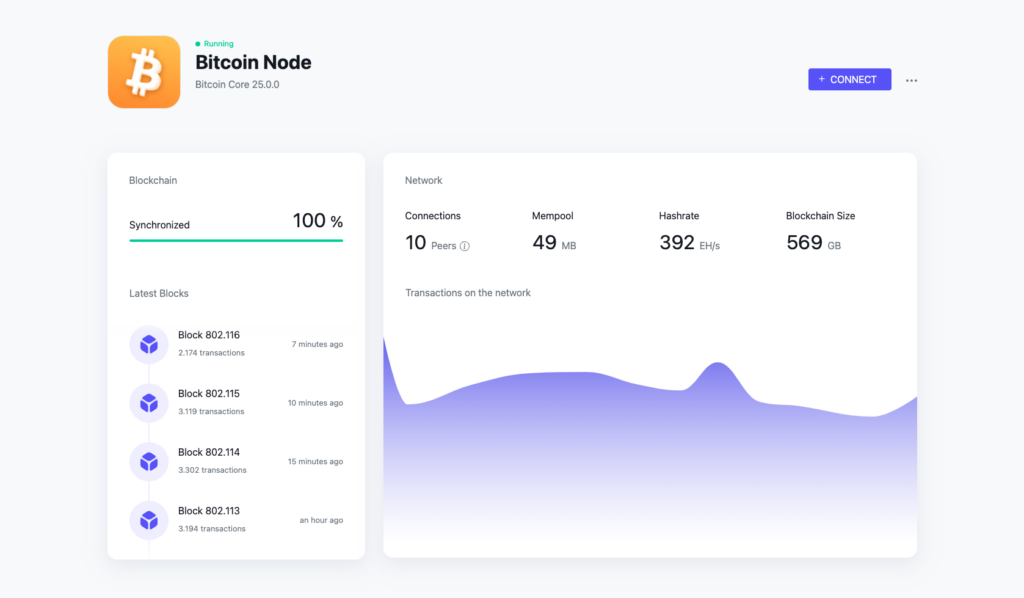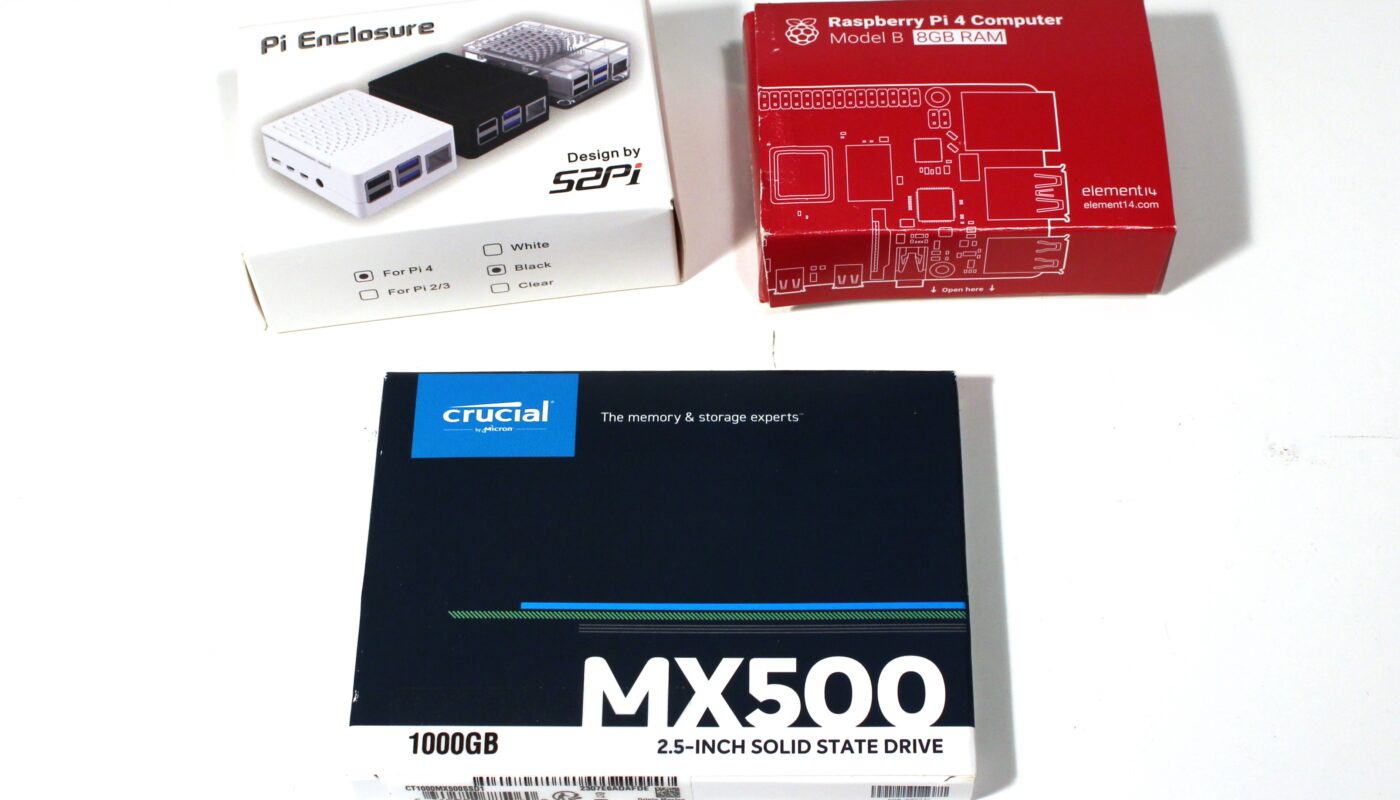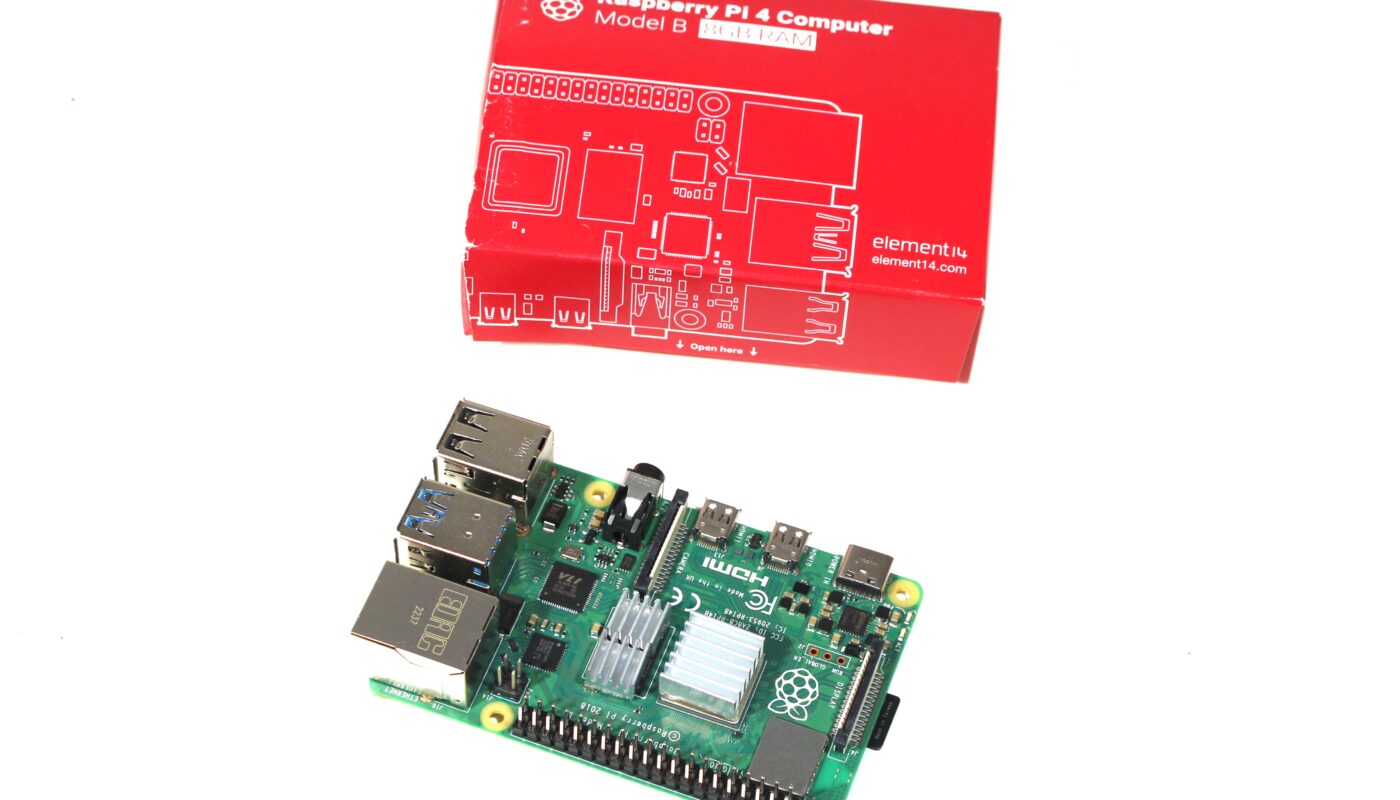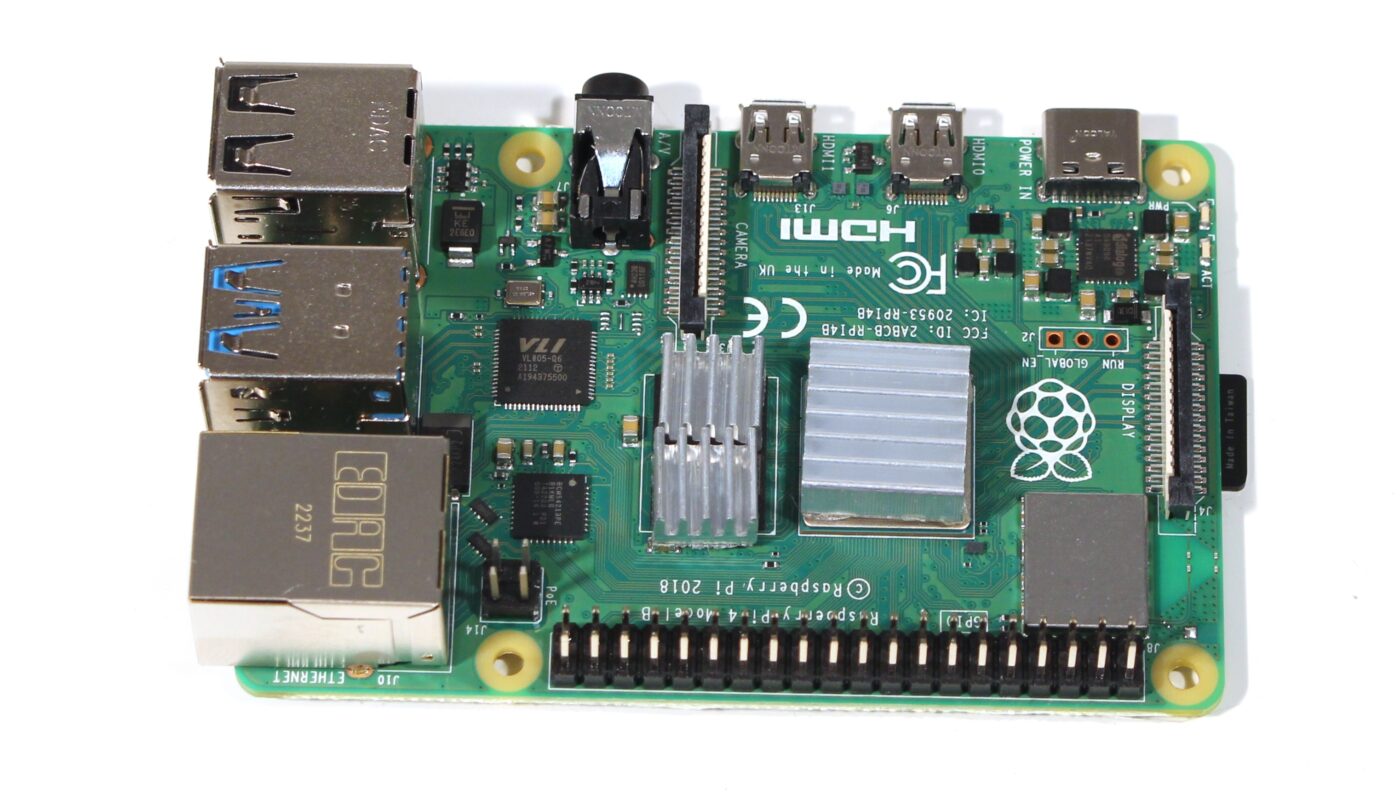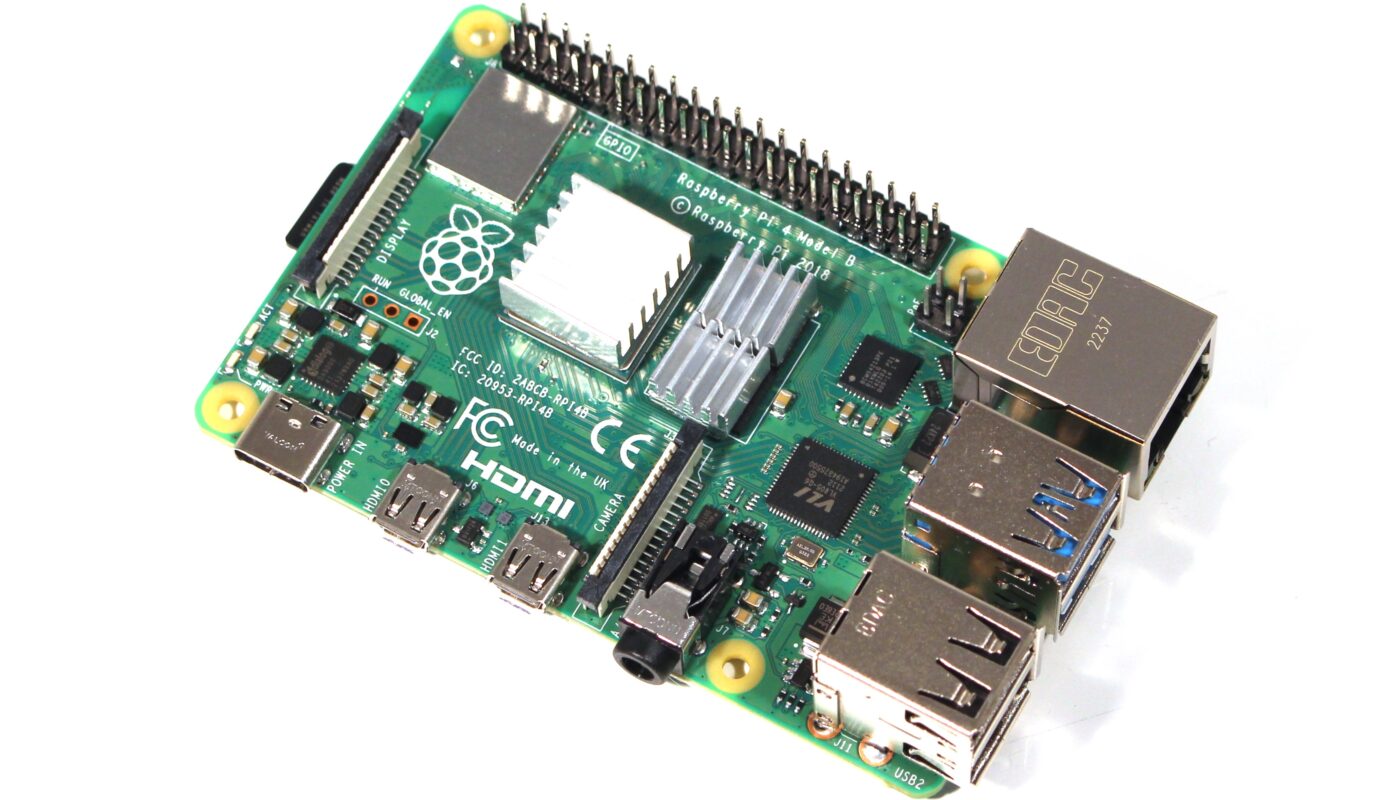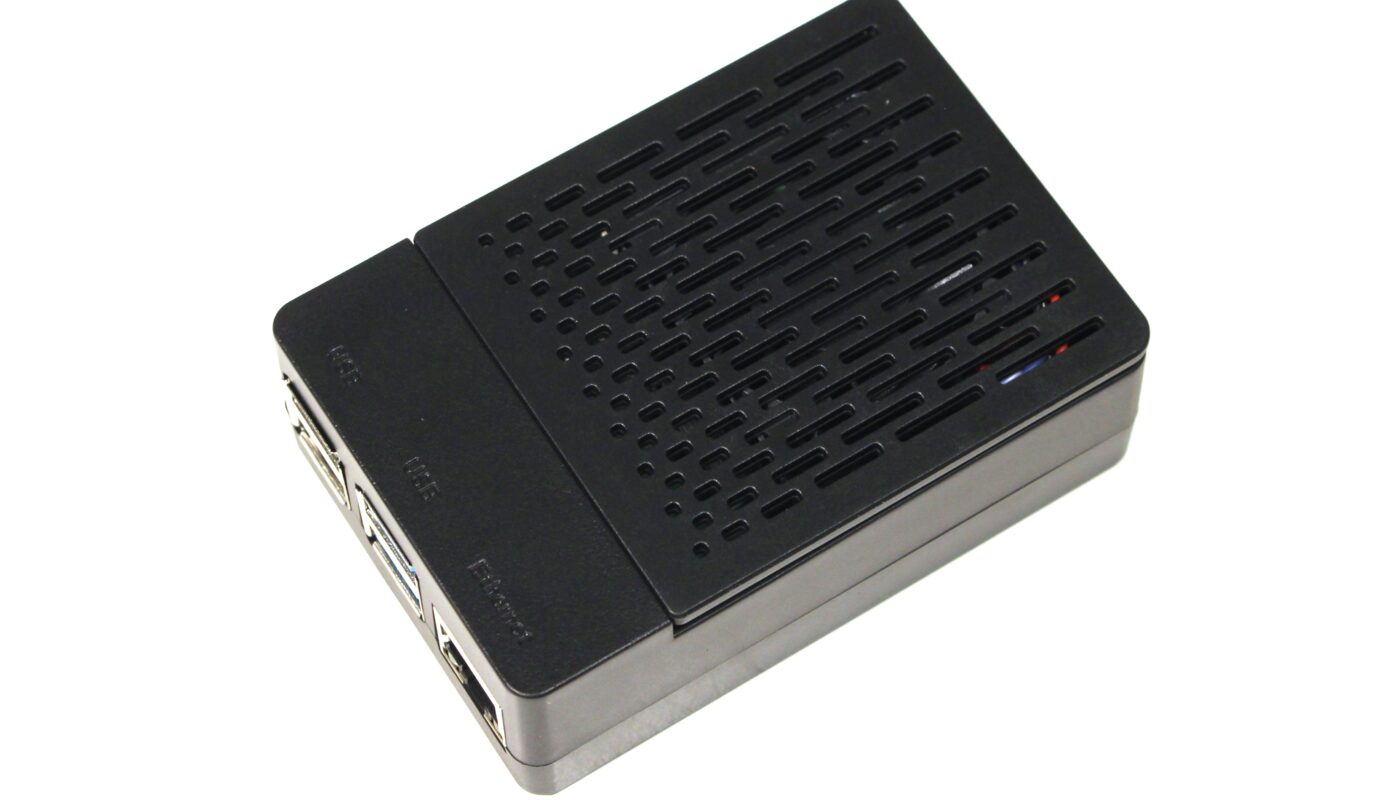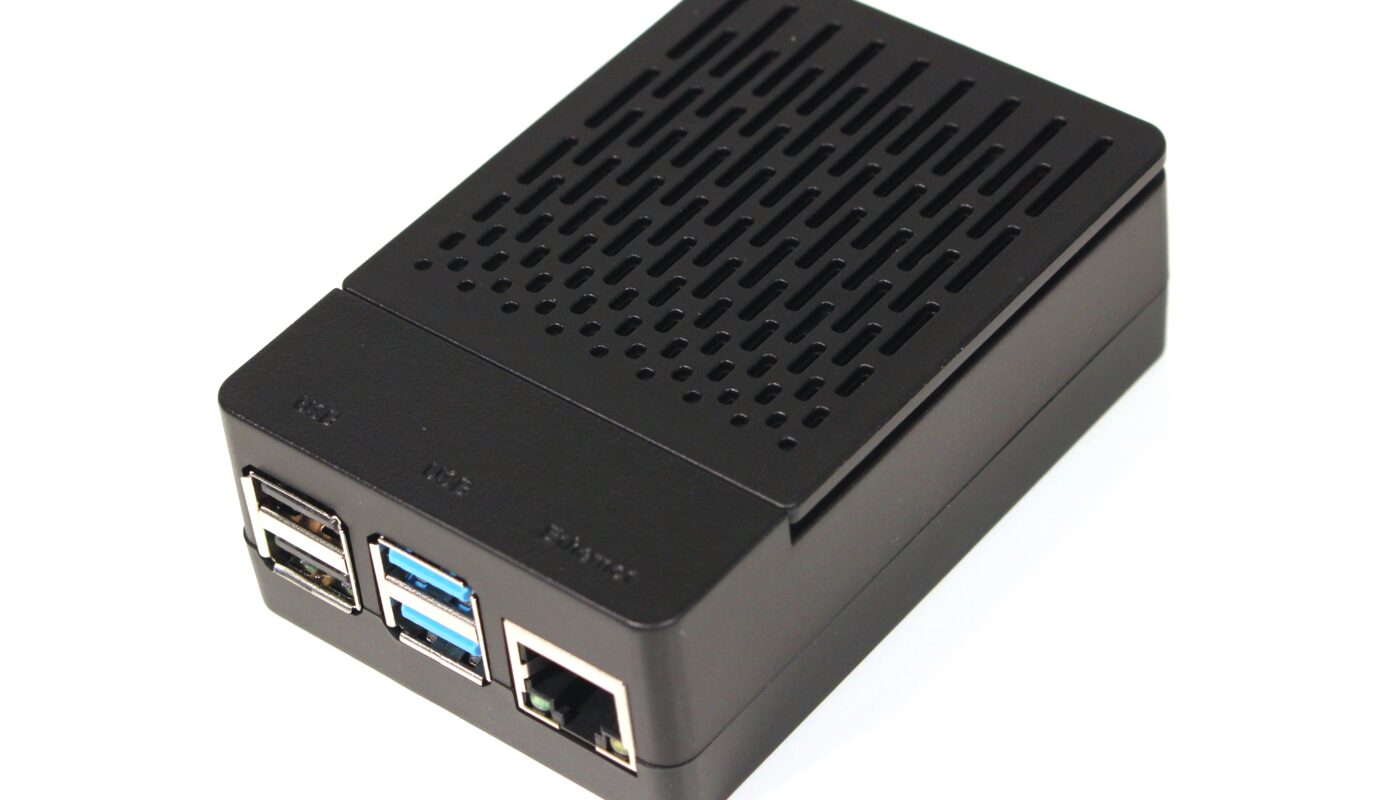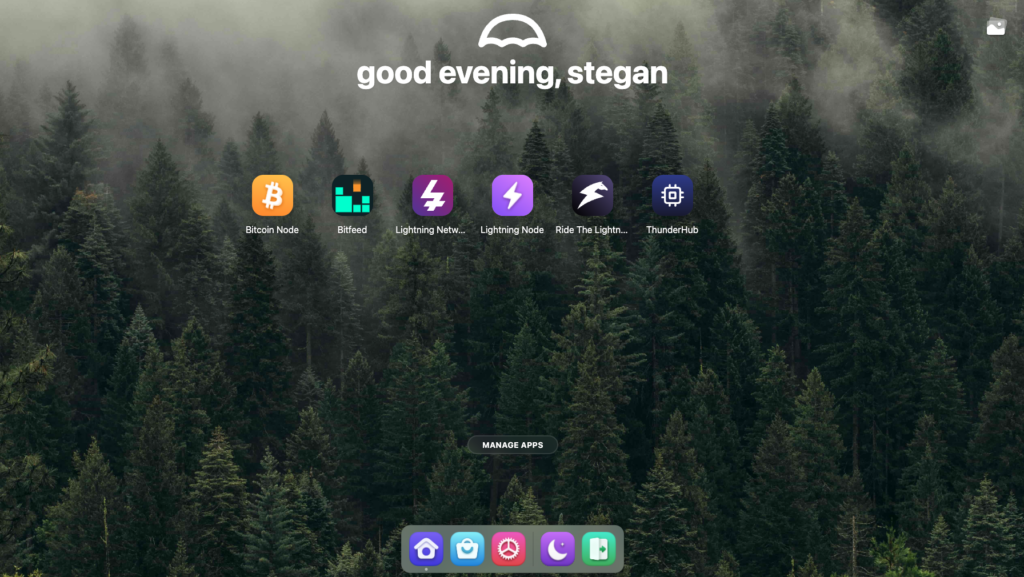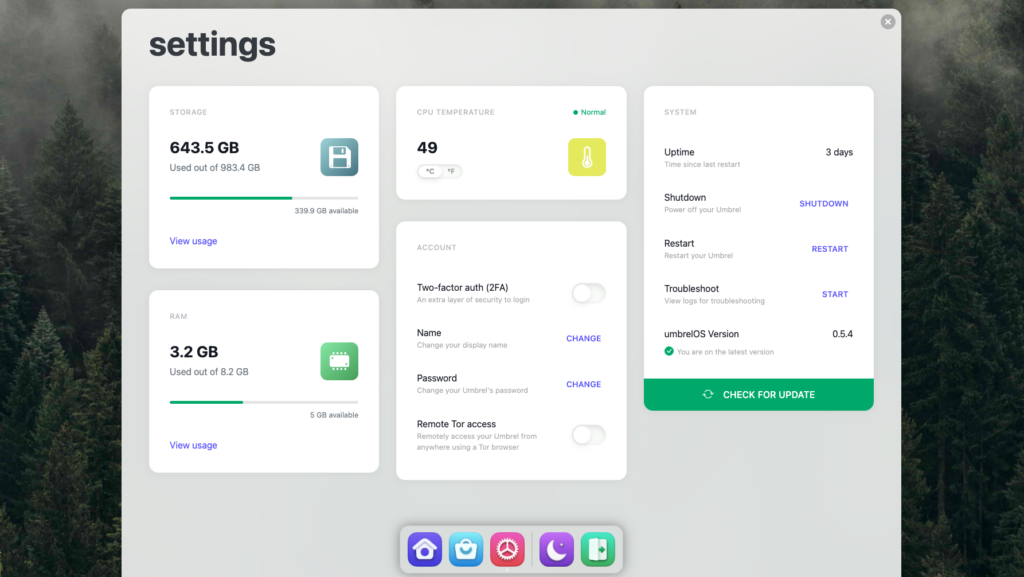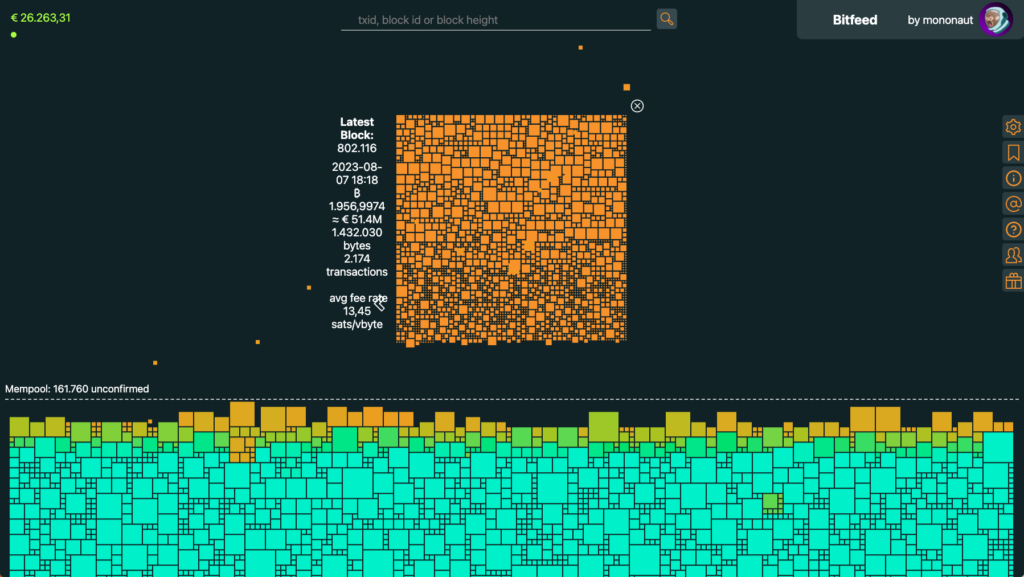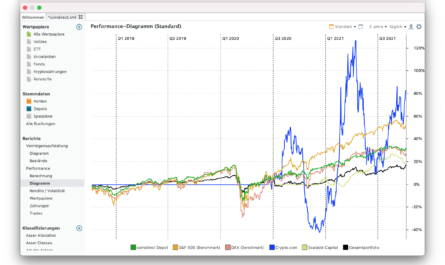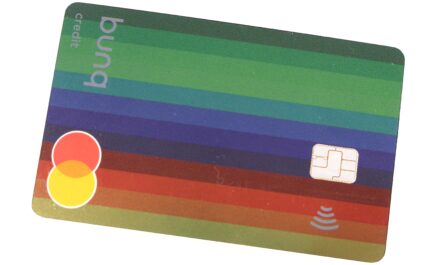For many, Bitcoin is not just a mere speculative object without intrinsic value that requires a lot of energy to boot. On the contrary, the leading cryptocurrency could solve some of the problems of our monetary system and make society better in many places. For those who want to delve deeper into the matter, we recommend the two books “The Bitcoin Standard” by Ammous Saifedean* and “The Trojan Horse of Freedom: Bitcoin as an Opportunity in the Fight for Self-Determination and Human Rights” by Alex Gladstein*. But you can do much more for the network.
More security and privacy
In order to operate the network and thus make it usable for everyone, two parties in particular are needed: The miners and the nodes. While the miners use their computing power to ensure that all transactions are combined into blocks, processed, secured and synchronized, node operators store the blockchain in its entirety and check each individual transaction block to see whether it actually complies with the Bitcoin network’s set of rules. If it does not, the block is rejected and the miner goes away empty-handed. He is neither compensated by transaction fees, nor is he allowed to mine new Bitcoin.
Thus, both parties not only take care of a smooth processing procedure, but also ensure that the network remains secure and decentralized. The more miners and nodes there are, the more secure the overall construct is. All participants are dependent on each other and cannot act individually.
Unlike the miners, however, node operators do not receive any rewards, but they require less powerful hardware and thus considerably less energy. In return, they have the advantage of verifying their own transactions through their own node when operating their node, which significantly increases the security and data protection of their own wallet – they are no longer dependent on a service provider to which they would transmit their private wallet data.
Many types of nodes
There are several types of nodes in the Bitcoin network. While so-called full nodes represent complete nodes in the Bitcoin blockchain and thus confirm all transactions and keep them ready for others to retrieve, light and pruned nodes store only a part of the blockchain permanently. The oldest transactions are discarded and deleted up to a set limit.
There are also archival nodes, which only store the blockchain without additional validation, and validating and light nodes. The latter are mainly used by wallet providers and only query the current status. Mining nodes take care of both updating and validating the blockchain, but also follow the proof-of-work concept to find the necessary parameters for the next block. They are miner and node at the same time.
For the operation of a full node, quite little hardware is needed, but especially memory. Basically, any computer can do the job. A small single-board computer, such as the Raspberry Pi*, and an external drive with at least 1 TB of storage* space are enough to run your own node for the Bitcoin network. The software is free and, depending on the system, can be installed quickly even by absolute laymen.
We recommend a Raspberry Pi 4 Model B with 8 GB of RAM*, which you put into a case with active cooling and to which you connect an external SSD via USB. The entire setup is available from about 200 Euros* and consumes between 4 and 7 W during maintenance, depending on the current task, which makes the setup particularly economical.
You then install umbrelOS as the operating system on the 16 GB microSD card and connect the entire setup to the router via a network cable.
Easy software installation
First, umbrelOS for the Raspberry Pi 4 must be downloaded as a compressed ZIP file. After that, the data has to be correctly prepared using the tool “Balena Etcher”, which is available for all common operating systems such as Microsoft Windows, Linux or macOS, on the memory card and inserted into the installed Raspberry Pi. After power connection, the system starts automatically and one can download and install the Bitcoin node app after creating a user account.
However, not only a Bitcoin node can be set up with Umbrel. Theoretically, the system is suitable for running a private server at home. Thus, a Plex server for multimedia content or an ad blocker for the entire network can also be installed. But beware: Synchronizing and validating the blockchain is very time-consuming and puts a considerable load on the small tinker computer. The process takes almost 2.5 days for the current state of the blockchain, which weighs around 550 GB. After that, more computing power is available again because the update is less computationally intensive or does not have to be carried out constantly.
Via a full node, the processes within the Bitcoin network can be understood and tracked more easily. Via the Bitfeed app, which is available for free via the umbrel store, all incoming transactions within the Bitcoin network can be visualized. The larger a square is, the larger the monetary amount of Bitcoin to be transferred. The color indicates how long a transaction has been waiting to be processed. In the middle, all the squares that the miners have chosen for their next block are collected. At the bottom, the mempool is shown with all its pending transactions.
Once a block is found, it automatically flies out of the picture. A great animation! You can watch the action for hours!
Shopping list:
- GeekPI Raspberry Pi 4 8 GB Starter Kit*
- Crucial MX500 1 TB*
- 10 Gigabit network cable*
- External hard drive enclosure*
- Includes Raspberry Pi 4 Model B 8GB with 1.5GHz 64-bit quad-core CPU (8GB RAM),For 4GB version, please refer to ASIN: B0BJ278V6W
- This Raspberry Pi 4B case contains a super quite 40mm PWM fan and 4pcs heatsinks for good heat dissipation of Raspberry Pi 4B.
- 18W 5V 3.6A Type C Power Supply will make your Pi work more stable. It features multiple protection functions such as over voltage, under voltage, over temperature, over current, and short circuit protection.and With ON/OFF switch, it's convenient for you to power on and power off your Raspberry Pi 4.
- Power supply with Professional Certification: TUV, RoHS and CE Certification; Input: 100-240V AC~50/60Hz; Output: 5V 3.6A; Extended Cord:120cm
- With the included 128GB High Speed Class 10 MicroSD card and card reader, you'll have plenty of room for your projects. The 4K HDMI cable is of high quality will ensure you have a great connection to your monitor or TV,and provides a clear, stable picture.
Letzte Aktualisierung am 2024-07-25 at 18:12 / Affiliate Links / Bilder von der Amazon Product Advertising API
Quick guide:
- Download of UmbrelOS
- Download and installation of BalenaEtcher
- Flash UmbrelOS to the microSD card
- Prepare Raspberry Pi 4 for microSD card
- Start Raspberry Pi 4 and access http://umbrel.local via the browser
- Create user account and download and run Bitcoin node via the store
- Done!
Lightning node as an additional incentive
Once the Bitcoin blockchain has been fully validated and stored, it is also possible to set up a Lightning node. Lightning is a second-layer solution that can make payments via the Bitcoin network significantly cheaper and considerably faster, but above all makes it possible to pay very small sums. This is what makes paying for a pretzel at the bakery via Bitcoin suitable for everyday use.
With Lightning, an additional blockchain is set up on top of the main layer. Each node independently collects all transactions carried out via its channels and later writes the collected cash book to the main Bitcoin chain, which reduces transaction costs.
While a Bitcoin node stores and secures all transactions, a lightning node exclusively takes care of its own nodes and channels, with which it communicates within the network and P2P’s other users’ payments by moving provided liquidity. For this service, node operators can retrieve transaction costs in contrast to the main layer and thus earn a few satoshis. We will save a more in-depth article on this for later, when we have had a few months of practical experience. Our Bitcoin and Lighning node has only been running for about three weeks.
If you want to connect to our Lightning full node via Tor right now to share liquidity and access points, you can do so via the address below. The node runs 24/7 and already has one or the other channel open with a capacity of up to 500,000 Satoshis.
0247bb7a1216ae1cf48def6eb2d3f39a1a0e909259e508dd0c05a11e9388061c07@mu773fci6kmr37gyugg72h6uxbnwur6tlgvr6dlutd3jgbk2zoo74oad.onion:9735
